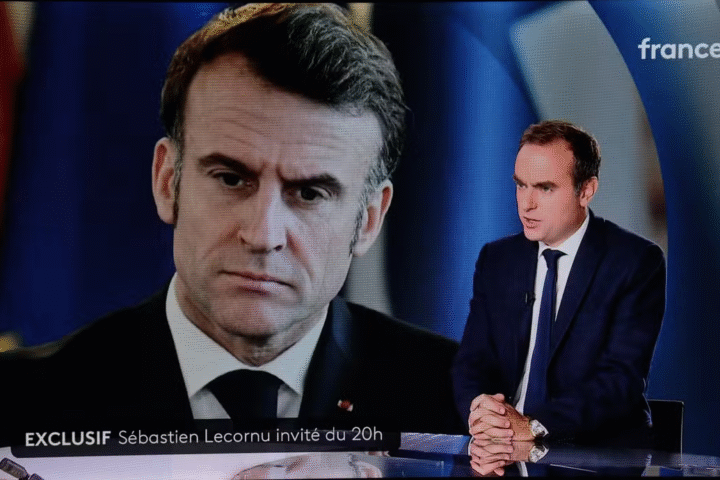The European Central Bank (ECB) is laying the groundwork for its much-anticipated digital euro, with internal planning documents revealing ambitions for a system capable of processing more than 50 billion transactions annually from day one. The scale of that capacity hints at a bold vision: a digital currency that could reshape Europe’s retail payments landscape and challenge the dominance of global payment giants.
According to officials familiar with the ECB’s preparations, such a high-volume system could, at full throttle, account for over a third of all transactions currently handled by payment cards. In 2023, eurozone consumers made 84.6 billion card payments worth €3.2 trillion — a number expected to grow to around 125 billion by 2028, the earliest projected launch date for the digital euro.
By capturing up to 40 percent of this market, the ECB aims not only to modernize payment methods but also to reduce Europe’s reliance on infrastructure controlled by non-European companies such as Visa and Mastercard. Currently, two-thirds of euro area card payments are processed via international networks, and more than half of EU countries depend entirely on non-European payment systems.
Strategic Autonomy vs. Market Disruption
The ECB insists the digital euro would complement, rather than replace, private-sector services. However, industry stakeholders remain wary. Payments Europe, an industry body, warns that free or low-cost digital euro transactions could erode revenue models built on card fees. The European Banking Authority notes that fees and commissions make up about 30 percent of banks’ net operating income, with payment-related charges forming more than a quarter of that share.
Some bankers also fear that widespread use of the digital euro could draw deposits away from traditional accounts if consumers store funds in digital wallets, potentially constraining banks’ lending capacity. “The impact will depend on holding limits and the currency’s business model,” said Diederik Bruggink of the European Savings and Retail Banking Group. “Higher limits and lower fees could be more damaging for banks.”
A Political and Public Hurdle
While technical preparations are advancing — with the ECB’s digital euro team seeking close to €1.5 billion in funding — the project still requires legislative approval from the European Parliament. Public opinion remains mixed: a BearingPoint survey earlier this year found that one in three eurozone residents would use a digital euro, while a separate poll by Payments Europe revealed that 56 percent remain uncertain.
Proponents argue that, if embraced, the digital euro could lower transaction costs for consumers and strengthen Europe’s control over its financial infrastructure. But with entrenched private-sector interests and public skepticism to overcome, the ECB’s vision faces a long road from blueprint to breakthrough.











